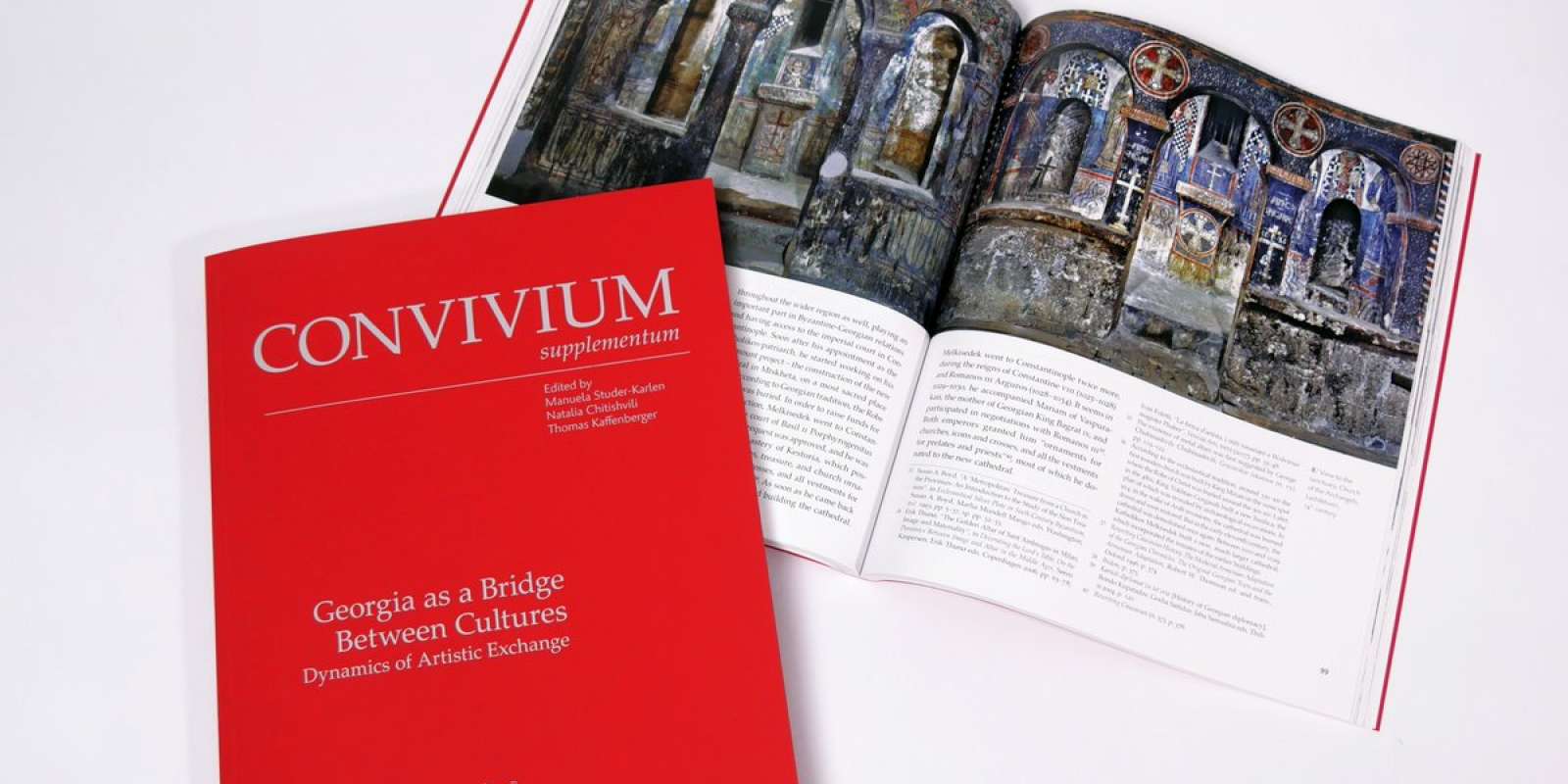Cultural Interactions in the Medieval Subcaucasian Region: Historiographical and Art-Historical Perspectives
The main objective of this Lead agency project is to investigate exchanges and interactions between the medieval cultures of present-day Armenia, Azerbaijan, and Georgia, including monuments in Eastern Anatolia, now in Turkey. The project, dealt with in synergy by a Czech and a Swiss team, will focus on a complex understanding of the cultural contacts characterising these geographical spaces from the 5th to the 13th century, within a “global” dialogue, and is expected to have an impact on both the scholarly domain and a wider audience.
The main issue with such an endeavour is a series of historiographical layers preventing a confident analysis of the material, visual, and ritual cultures of this area. Indeed, the cultures of the Caucasian and Sub-Caucasian regions (Zekiyan 1996) have had a complex and contested history throughout the period of modern art history’s existence. Its historical situation has led to multiple colonial interests. In the 19th century, for two centuries, the region was divided between the Russian Empire and its Ottoman counterpart. Later, it was torn between the USSR and Turkey. Under the USSR, three formal states appeared - Armenia, Azerbaijan, and Georgia - which became independent nation states only in 1991. This condition had its roots in the medieval period, when the different states somewhat corresponded to the present ones. To make this situation even more complex, Eastern Anatolia was from 1915 to 1921 the setting of an event that is considered by many states, including Switzerland and the Czech Republic, a genocide. Subsequently, medieval monuments were destroyed or heavily damaged in the region, probably by the Turkish army. An art historical problem thus also touches on contemporary history. However, looking at a map where medieval Armenia, Albania, and Georgia are superposed at the moment of their greatest expansion, we are forced to consider that almost half of the described territory was, at a certain point, shared. Moreover, considering the monuments from the period under investigation, many connecting elements appear throughout the region and point out that a constant dialogue occurred throughout the Middle Ages. Real differences of a political, religious, or linguistic nature were thus united by a series of coherences in visual and material culture. The panorama described above determines this project.
The two teams involved will be working together on two main lines of study, intrinsically linked.
Team University of Fribourg
Team of the Center for Early Medieval Studies, Masaryk University, Brno
2021_11_03 : Project Kickoff Meeting
Morning Session 9:30–12:00
Michele Bacci & Ivan Foletti | From Fragmentation to Integration: A New Perspective on the Material Cultures of the Southern
Caucasus.
Natalia Chitishvili | Bolnisi cathedral and the division of congregational space in some early medieval Georgian churches.
Afternoon Session 13:30–17:00
Short Presentations of the Project Participants followed by a Roundtable
2021_04_11: International Team Meeting
14:00: Greetings
14:10: Ruben Campini & Annalisa Maraschi | Armenian medieval art through the "ltalian" lens
between 1841 and 1930
14:40: Adrien Palladino | Kurt Weitzmann's 'Armenische Buchmalerei' (1933): a dialogue between Armenia, Byzantium,and the Mediterranean
15:10: Roundtable presentation of work(in progress) by members of the two teams
15:30: Discussion and information about the next project steps
2022_06-16_09 : Field trip to Svaneti and conference at Tbilisi
16_09_2022 : Conference at Tbilisi The Interaction of Objects, Images, and Bodies with Built and Natural Spaces in Medieval Svaneti
9h30: Greetings: Ekatrine Gedevanishvili /
Manuela Studer-Karlen
CHAIR: Michele Bacci
9h45: Nina Chichinadze: “Icons of Svaneti Art
and Devotion”
10h15: Nana Burchuladze: “Icons from Svaneti
in the Context of Byzantine Painting”
10h45: Nutsa Batiashvili / Nikoloz Aleksidze:
“Symbolic Treasure, Care and
Materiality in Upper Svaneti”
11h15: discussion
11h45: coffee break
CHAIR: Ivan Foletti
12h00: Kenia Marine: “Image of the Virgin in
the Medieval Painting of Svaneti”
12h30: Ekatrine Gedevanishvili: “The ‘Reading’
of the Façade Decoration of the Svipi
Church: Historical and Cultural contexts”
13h00: Tony Eastmond: “Saints and Society in
Svaneti”
13h30: discussion
14h00: lunch
Studer-Karlen, Manuela; Chitishvili, Natalia; Kaffenberger, Thomas (Eds): Georgia as a Bridge between Cultures. Dynamics of Artistic Exchanges
The role played by Georgia as a site of cultural interaction and as a multicultural society has only attracted a more profound interest recently. Indeed, the country is part of a transcultural, dynamic region with multiple agents. The contributions in this volume show that medieval Georgian art comprises its own traditional understanding which was then being combined with and integrated into contemporary liturgies. Medieval Georgian art is presented as a rendering of currently relevant liturgical changes which, due to the constant exchange and dialogue, had similar approaches to those of the Byzantine Empire – it is a Byzantium without borders.
